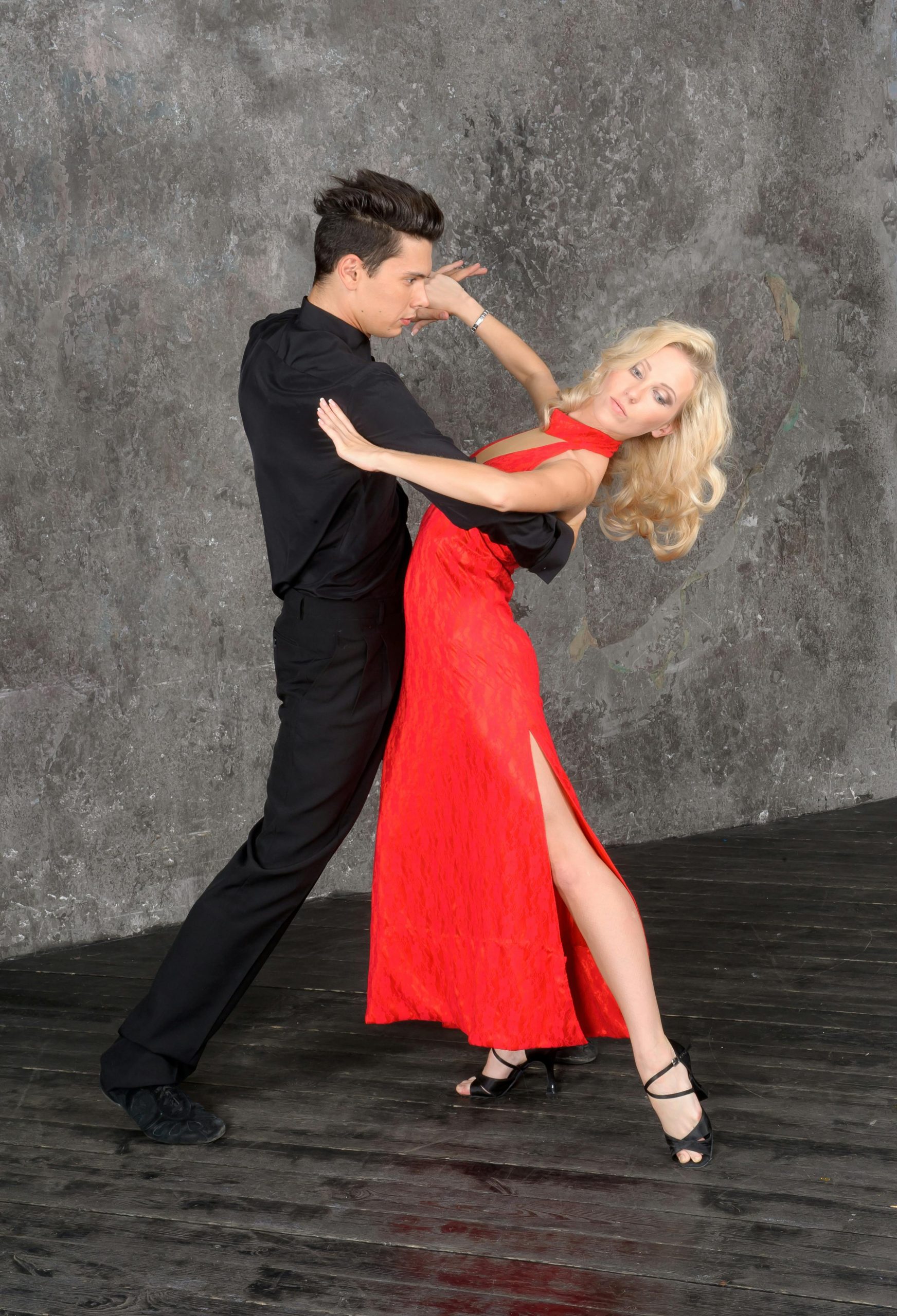Introduction:
Throughout history, the intricate relationship between religion, beliefs, and traditional dress has woven a complex tapestry that extends beyond mere fabric and threads. Clothing, in many cultures, serves not only as a form of personal expression and identity but also as a vivid manifestation of spiritual values and religious doctrines. This article explores the profound influence of religion and beliefs on traditional dress, highlighting how faith shapes attire across different cultures and regions, and reflecting on the deeper meanings embedded within these garments.


Sacred Symbols and Motifs:
Religious symbolism is often intricately embroidered into traditional attire, serving as a visual expression of faith and devotion. These symbols and motifs, ranging from the Christian cross to the Islamic crescent, are not merely decorative; they carry deep spiritual significance and are worn with reverence.
- Christianity: The cross, a central symbol of Christianity, often adorns garments and accessories, reminding wearers and observers of the faith’s core tenets.
- Islam: Islamic attire frequently incorporates geometric patterns and calligraphy, including verses from the Quran, reflecting the religion’s emphasis on modesty and the divine word.
- Hinduism: Traditional Hindu clothing can feature symbols like the Om, lotus flowers, and images of deities, each signifying aspects of the faith’s rich pantheon and spiritual concepts.
Garments of Modesty and Respect:
Many religions prescribe specific dress codes to reflect ideals of modesty, purity, and respect for the divine. These guidelines influence the design, fabric choice, and manner of wearing traditional attire, underscoring the deep interconnection between faith and fashion.

- Islamic Hijab: The hijab and other forms of veiling are worn by many Muslim women as an expression of modesty and privacy, as guided by Islamic teachings.
- Sikh Dastar: The Dastar, or turban, worn by Sikh men, symbolizes spirituality, honor, and commitment to the faith, serving as a constant reminder of the wearer’s religious duties and identity.
Ceremonial Attire and Rituals:
Religious ceremonies often require special attire that holds symbolic meaning and facilitates the spiritual experience. These garments, worn during rituals, weddings, and festivals, connect individuals to their community and heritage.
- Buddhist Robes: The simple robes worn by Buddhist monks symbolize detachment from materialism and a commitment to spiritual practice.
- Hindu Wedding Saree: In Hindu weddings, brides wear sarees in auspicious colors like red and gold, signifying fertility, prosperity, and Dharma, or duty.
- Christian Vestments: Priests and clergy in Christianity wear vestments during services, with colors and styles varying according to the liturgical calendar, each with its religious significance.
Modern Interpretations and Challenges:
As societies evolve, the intersection of traditional dress and religious beliefs faces new interpretations and challenges. While some embrace contemporary fashion, integrating traditional and religious elements in innovative ways, others debate the balance between adhering to faith-based dress codes and navigating the modern world’s demands.
Conclusion:
The influence of religion and beliefs on traditional dress is a testament to the enduring power of faith in shaping human expression and cultural identity. These garments, rich in symbolism and history, offer more than aesthetic appeal; they weave stories of devotion, community, and spiritual aspiration. As cultures continue to interact and evolve, the dialogue between faith and fashion promises to enrich our understanding of both realms, highlighting the diversity and depth of human belief.
In every stitch and fold of religiously inspired traditional dress lies a narrative of faith, identity, and the timeless quest for meaning, illustrating the profound ways in which our beliefs dress the fabric of our lives.

